Wix vs Shopify

Wix

When it comes to eCommerce website builders Wix and Shopify are two of the most popular choices. You might think of Wix as the champion of website builders and Shopify as the hero of eCommerce builders but in fact, the crown for the best eCommerce website builder is a very close contest. Who wins the Wix vs Shopify contest?


Both the Wix and Shopify platforms have an easy to use drag and drop editor that makes it simple to create a professional-looking store for your business. Wix and Shopify users are able to use one of many ready to go online store templates that speed up the whole process of creating your website. Both platforms also have huge app markets that allow you to install third-party integrations to add the functionality you need to grow and manage your business all from one dashboard.
Wix first launched back in 2006 and since then has gone on to become one of the most popular and most used website builders, now powering over 160 million websites for all types of niche businesses. Shopify launched almost a decade later in 2016 but has quickly become one of the most powerful eCommerce platforms. It has been adopted by many big brands like Penguin books, Heinz, and Hasbro, which gives you a clue to the value of the platform.
Each brand has its pros and cons which we will compare throughout this article. However, there’s no hiding who we thought was best. It was a close race but we’ll explain who came out on top in each section and why we decided to give Wix the number one spot.
We understand that not all of you have the time to read the full article right now. That’s why before we get any further into the Wix vs Shopify comparison, we want to give you an overview of how the brands compare against each other on what we feel is the most important criteria. Have a quick look through each section and find out which brand comes out on top for each of the topics. You can also compare the features of all of the website builders together in our super ninja comparison table.
| Wix | Shopify | |
|---|---|---|
| User Rankings | User Rankings 4.8 | User Rankings 4.5 |
| No of Users | No of Users 150M | No of Users 800,000 |
| Wix | Shopify | |
|---|---|---|
| Drag & Drop | Drag & Drop | Drag & Drop |
| Tutorials & Onboarding | Tutorials & Onboarding
| Tutorials & Onboarding
|
| Wix | Shopify | |
|---|---|---|
| The Editor | The Editor
| The Editor
|
| Templates | Templates 500+ | Templates 70 |
| Responsiveness | Responsiveness | Responsiveness |
| Wix | Shopify | |
|---|---|---|
| Marketplace Apps | Marketplace Apps 250+ | Marketplace Apps 4000+ |
| Image Editor | Image Editor | Image Editor |
| Undo | Undo | Undo |
| Backup & Restore | Backup & Restore | Backup & Restore |
| Open Code Support | Open Code Support | Open Code Support |
| Login & User Permissions | Login & User Permissions | Login & User Permissions |
| Wix | Shopify | |
|---|---|---|
| SEO tools | SEO tools
| SEO tools
|
| Google Analytics Support | Google Analytics Support | Google Analytics Support |
| Newsletters & Emailing | Newsletters & Emailing | Newsletters & Emailing |
| Social Media Integration | Social Media Integration | Social Media Integration |
| Wix | Shopify | |
|---|---|---|
| Stores & Shopify Integration | Stores & Shopify Integration | Stores & Shopify Integration |
| Booking & Reservations | Booking & Reservations | Booking & Reservations |
| Payment Options | Payment Options Paypal, Stripe, Square & many more | Payment Options Shopify Payments & more |
| Coupons & Sales support | Coupons & Sales support | Coupons & Sales support |
| Shipping & handling | Shipping & handling | Shipping & handling |
| Wix | Shopify | |
|---|---|---|
| Free trial | Free trial | Free trial |
| Price per period | Price per period Starting from $13/m | Price per period Starting from $29/m |
| Support | Support
| Support
|
The Wix vs Shopify begins with their ability to cater to beginner users. Both website editors are pretty simple to use and operate with a WYSIWYG (what you see is what you get) user interface. This means that you make edits directly to your web pages and the backend looks exactly the same as the front end. WYSIWYG editors are great for beginner web developers because nothing gets lost in translation between the backend and front end. You simply point and click at what you want to edit and make the changes you want to make.
The big difference between the two is the drag and drop capabilities. With Shopify, the drag and drop features are enabled within the sidebar. You can use it to rearrange content blocks on your page, making it really easy to move whole content blocks into a new order. However, it’s not enabled for on-page editing. With Wix, you can drag and drop elements with complete freedom anywhere on the page. This makes Wix more intuitive and allows you to get up to speed with the platform much quicker.
Both Wix and Shopify have very informative step by step guides that help beginner users learn how to use the platforms. Wix has opted for video-based content whereas Shopify offers more text-based content. Each type is really informative so the one best for you will depend on your learning style.
The Wix ADI (Artificial Design Intelligence) is great for making the online store set up process even quicker and easier. You just have to input some information about your business and your style preferences and the ADI will pull up a relevant web template with the elements and tools that you need to run an online store already built-in.
Wix and Shopify are both great for beginners, there’s no need for any coding or technical abilities to get a website live and the ready-to-go website templates make it possible to get an online store created in a matter of minutes. However, the on-page drag and drop features make Wix much more intuitive and the Wix ADI makes the process of getting started even easier. For this reason, Wix comes out on top as the most beginner-friendly ecommerce website builder.
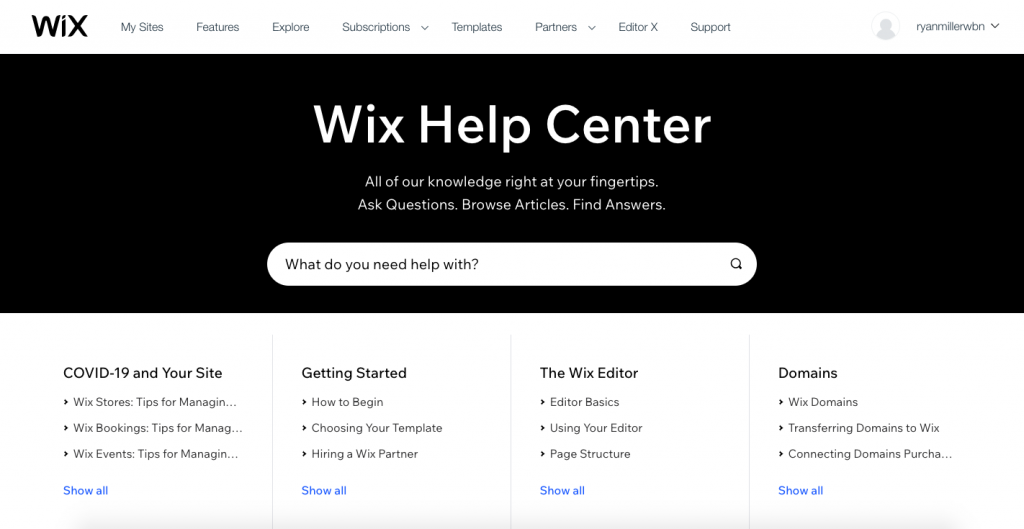
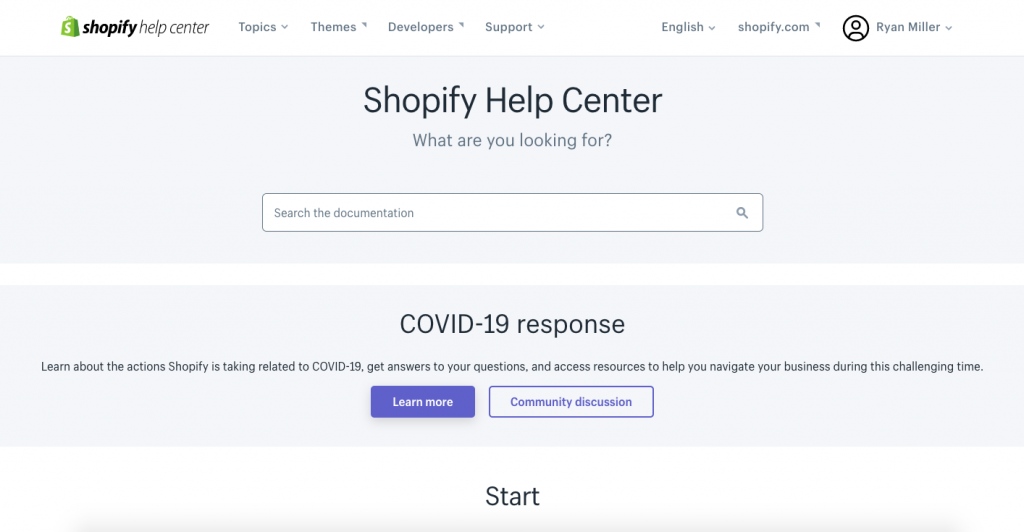
Wix offers a wider variety of free website templates than Shopify. So, if you don’t have the budget to pay for premium themes, you’ll have more choice in terms of the basic design of your website on the Wix platform.
An important part of any online store is the presentation of products. Shopify has a slightly larger number of dedicated product content blocks which include a collection list, featured collection, featured banner, an image with text, slideshow, and featured products. Whereas Wix only has a grid product gallery, slider product gallery, related products, and product widgets. However, overall Wix has a wider variety of content blocks that will allow you to make a truly individual and unique website without having to dive into the code.
All of the templates across both platforms are mobile responsive and both user interfaces allow you to edit from a mobile view. This is great for making sure that any changes you make to your website also looks good for mobile users who make up over 50% of all website traffic.
Finally, the drag and drop capabilities also play a role in the design capabilities as well as ease-of-use. Wix comes out on top here as their platform allows you to edit the template and content block designs freely. This means that you can really put your own stamp on the designs with nothing holding you back. While the Shopify template designs look great as they are, users don’t have the freedom to edit at will which limits the design capabilities of the platform for beginners. More advanced users can make changes to the template by editing the code but this will be beyond users with basic web development skills or those without a budget to pay a professional.
It’s possible to create amazing designs for your online stores with both eCommerce platforms. However, Wix comes out on top of this particular battle again thanks to the freedom of its drag and drop editor, a larger variety of free templates, and a larger variety of ready to go content blocks. Shopify can definitely challenge the design capabilities of Wix but only for users with coding skills or those with a budget to pay for the more premium template designs.
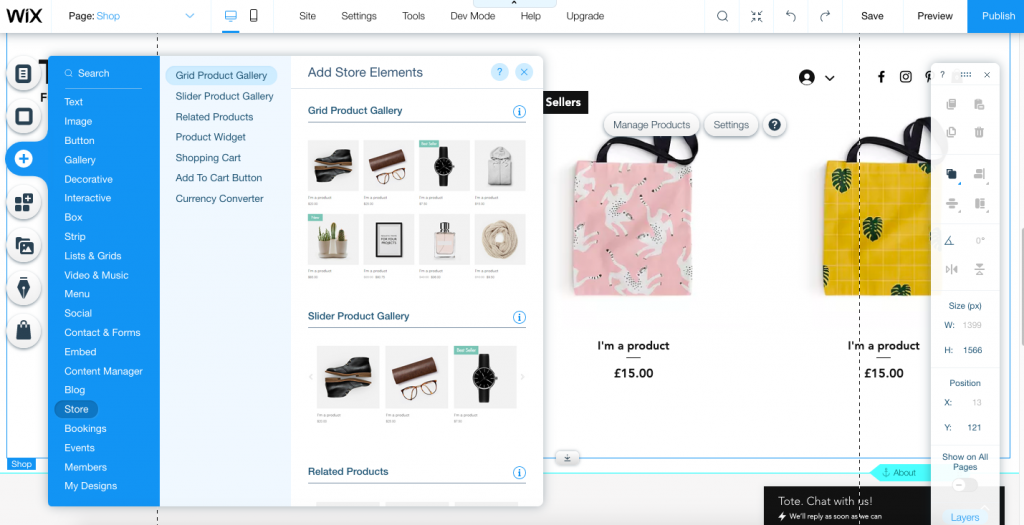
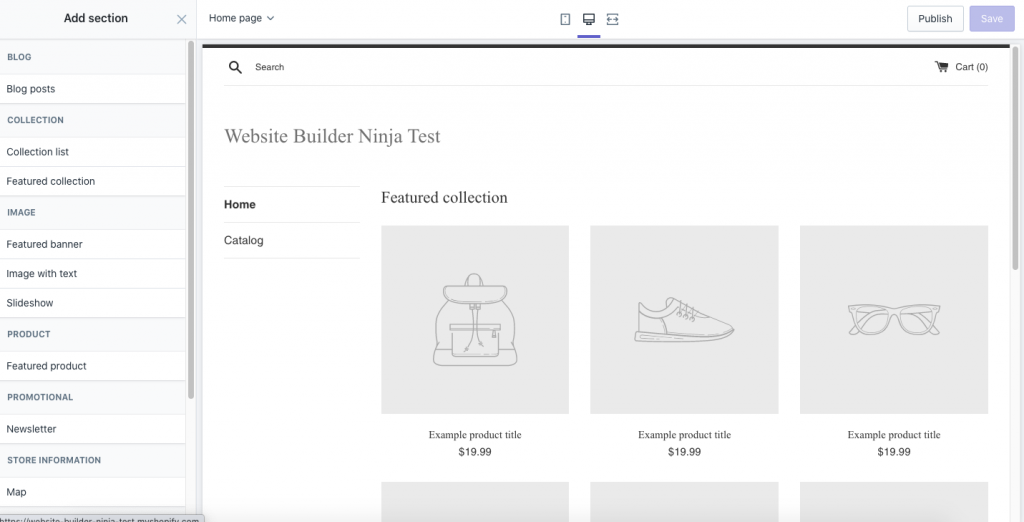
Before we get into the built-in tools and features, it’s important to call out that both platforms have large market places that allow you to download and install third-party applications and tools to add to your website. The Wix platform has more than 250 apps and tools. Shopify hosts over 4000 apps and tools. Outside of WordPress, this is one of the largest website app markets. Both market places will have everything you need from payment gateways to shipping & tax solutions and much more.
The whole of the Shopify platform is geared towards eCommerce. So, nearly all of the tools and features help to optimize your eCommerce performance. A couple of stand out features include the ability to integrate other stores onto your website from platforms like Instagram, Facebook Shops, and eBay which allows you to bring your existing audience onto your website. Something else noteworthy is the Shopify secure shopping cart feature. It’s level 1 PCI-DSS compliant which makes sure your customer’s data is secure. It also allows you to accept all major debit and credit cards, PayPal payments, and connect with over 100 payment gateways so you can accept payments from anywhere around the world.
Despite being known as a website builder, Wix has some powerful eCommerce features that will help businesses to sell their products online. Wix has a store manager that allows you to keep track of orders and manage your inventory from your desktop or mobile device. This is great for keeping up with things on the move. The Corvid code editor allows you to develop your own web applications to help run your eCommerce business and completely customize your store designs with complete freedom. Like Shopify, Wix lets you accept all major credit and debit cards, Paypal payments, and connect with multiple payment gateways. The difference is that Wix won’t charge any commission whereas Shopify will charge up to 2.9% + $0.30 if you choose not to use the Shopify Payment gateway.
Shopify just outperforms Wix in terms of main features. This is mainly down to the size of the app market, the ability to connect to a large number of payment gateways, and the powerful in-built eCommerce features. While it’s possible to get the same sort of features on Wix, it requires you to download and install third-party apps. Whereas with Shopify, they are already set up and ready to go. Having the features already installed makes for an easier and more pleasant user experience.
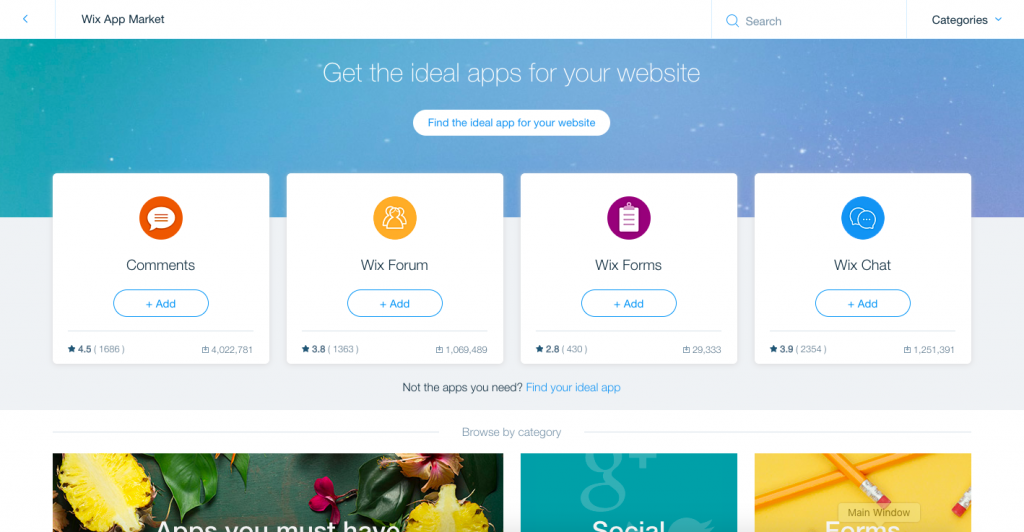
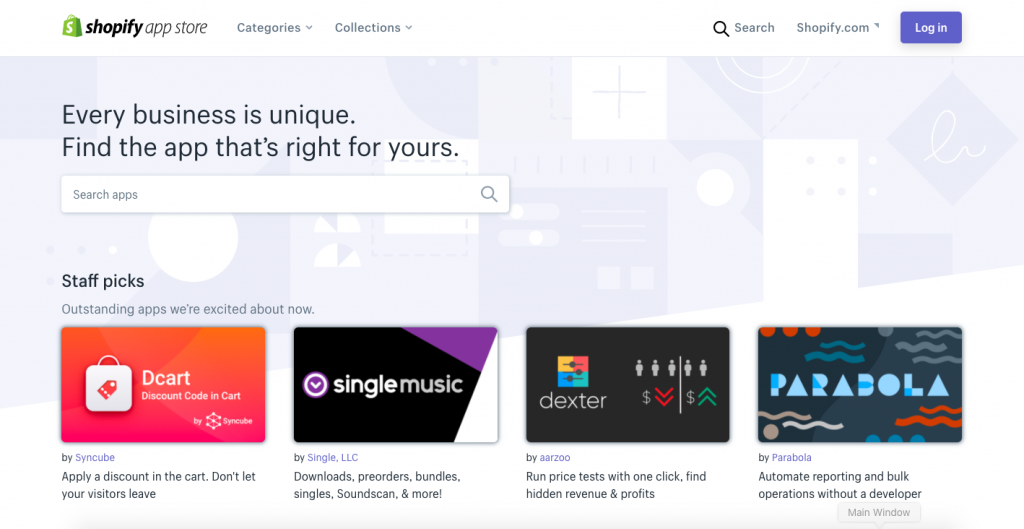
Wix is a multi sales channel eCommerce builder that allows you to sell your products across multiple platforms while managing everything from one dashboard. So, you can sell from your Wix store at the same time as Instagram and Facebook Shops and communicate with your customers on any platform from your Wix dashboard. There is also a free DIY logo maker that you can use to create hi-resolution logo files to use on your website and across your social media channels. It’s not as good as a paid tool but it’s great for those just starting out without much budget
A standout marketing feature from Shopify is Shopify Ping, a free messaging app that allows you to have instant conversations with your customers and send them discount codes, offers, and other promotions directly. They can purchase items directly from the app using Apple Pay. Shopify also has a powerful email marketing service built into the platform. It has lots of well-designed email templates that you can use to speed up the process of creating email content. The email marketing analytics allows you to keep track of your campaign performance and gives you a view of the total sales, conversion rates, and much more.
In terms of SEO, Shopify comes out on top with a much faster page speed that Google considers as a direct ranking factor. Also, the schema data is present on all Shopify sites whereas, on Wix, the schema data is incomplete. This is a problem for eCommerce sites because schema data helps your web pages and products show up in rich search results. So, a Shopify site will stand more of a chance of ranking well in the search engine ranking pages (SERP) than a Wix site.
If you ignore SEO for a moment, both platforms are pretty even when it comes to marketing features. They both have a number of things that help you to optimize your sales performance. The best platform for you will depend on the type of business and product you are marketing. However, when you consider SEO, Shopify wins this particular battle. The slow loading times really let Wix down and will stop you from ranking well and growing your organic traffic. Whereas Shopify ticks most of the SEO boxes and will help you perform well on the SERP.

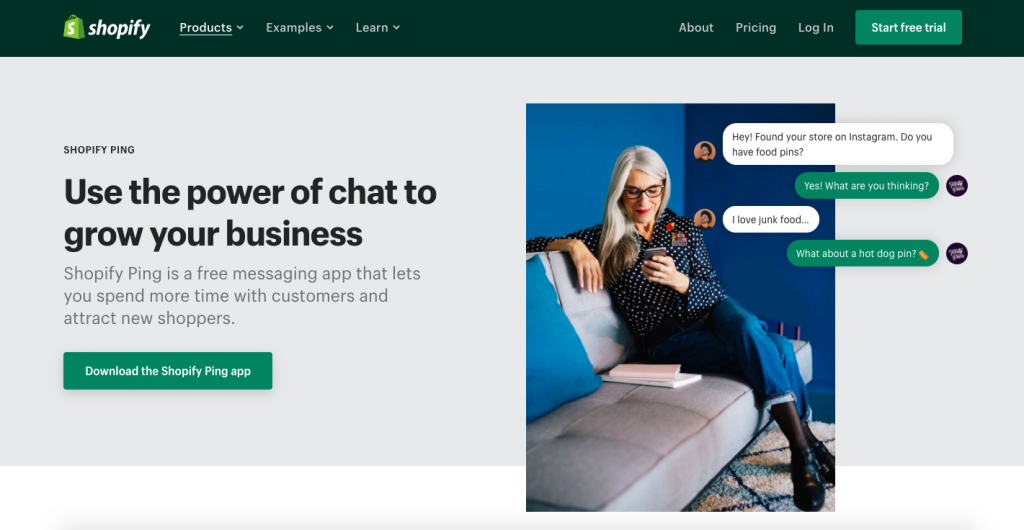
There are a couple of differences when it comes to eCommerce features between the two brands but overall it’s pretty balanced. In terms of payment options, both brands accept payments from PayPal, credit cards, and offline payments. However, only Shopify enables you to accept payments through Apple & Google Pay. Wix and Shopify have a POS solution and can supply you will all the hardware you need to sell your products in-store. Shopify has its own POS solution that charges 2.4% per transaction. Wix uses Square to offer POS services and they charge a slightly more expensive 2.75% of every transaction.
The brands are exactly the same when it comes to setting shipping rates and rules. You can offer free shipping, set a flat rate, set prices based on weight, or create custom shipping rules to suit your needs on either platform.
Both store manager dashboards allow you to manage your inventory and list a new product with just a few clicks. They both have a clear system that allows you to track and fulfill your orders. The store analytics presents slightly different data depending on which brand you use but both are really impressive. They will help you collect the right data to help you optimize your online store. For example, you’ll get data on total sales, returning customer rate, store conversion rate, average order value, and much more.
Finally, you can create discount codes for customer offers with the click of a button with both brands. This makes it really easy to create incentives for your website visitors to buy your products. The Shopify discount code tool gives you more flexibility than the Wix tool. For example, with Shopify, you can set minimum requirements like a minimum purchase amount or a minimum quantity of items before the discount code will be valid.
Wix and Shopify have powerful eCommerce features that will help you run a global online store. You’ll be able to collect advanced analytics data to optimize your business and continue to grow long into the future. The Wix vs Shopify battle was a close call but Shopify is a dedicated eCommerce platform and therefore most of their eCommerce features are slightly more advanced than Wix. It’s not like you can do anything on Shopify that you can’t do on Wix. However, Shopify offers more advanced settings for some of their eCommerce tools making it the more powerful platform. Small businesses and beginner users won’t notice much of a difference. However, for larger companies looking to optimize, Shopify offers more eCommerce and sales capabilities.
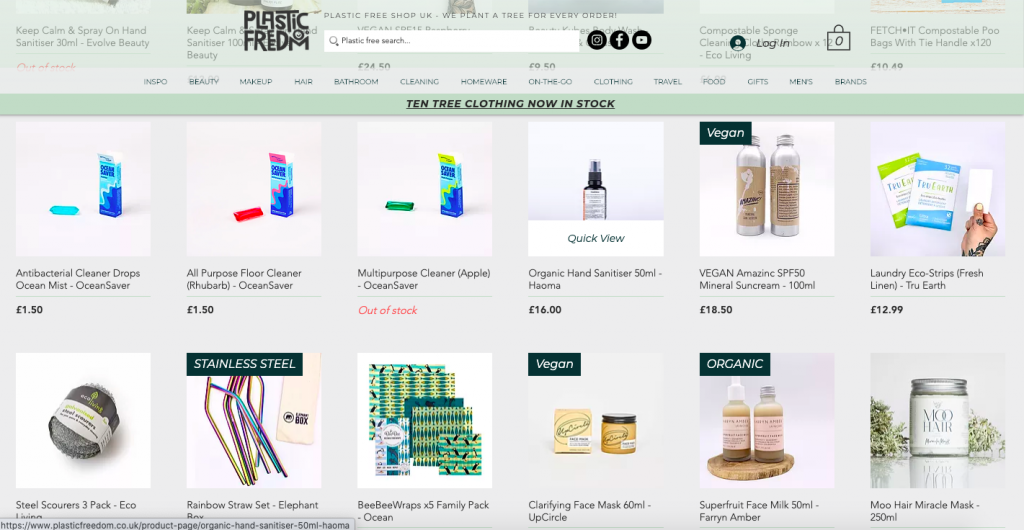
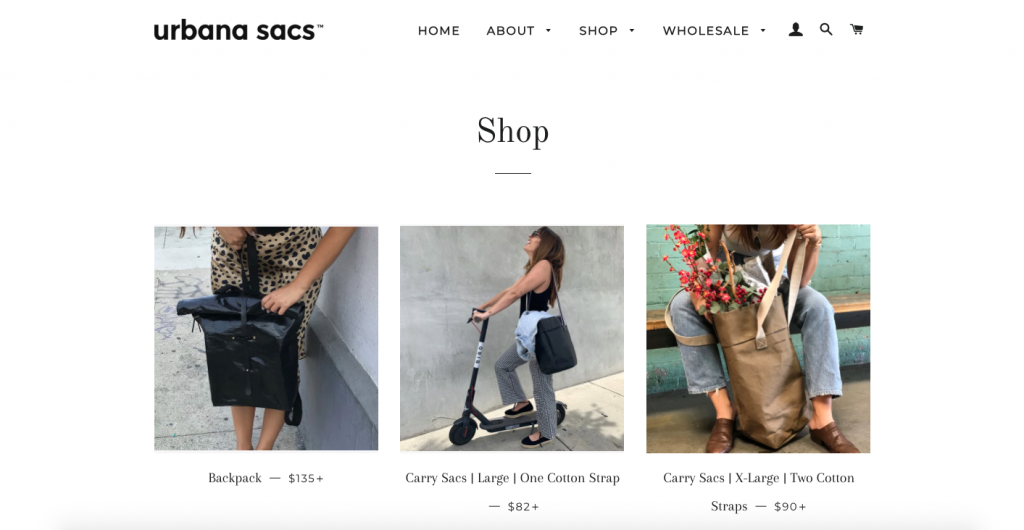
There is a $6 difference between the starting prices for the most basic eCommerce subscription plans. Wix comes in cheapest at $23 per month and Shopify comes in at $29. Both prices are great value, especially when compared with the start-up costs of paying professional web developers to code your own website. However, Wix comes out on top of this particular battle.
Wix and Shopify offer a 14 day free trial of their premium eCommerce plans to give users a chance to test out the features and find out if the platform is right for them. Shopify doesn’t ask for credit card details to gain access to the free trial but with Wix, they ask users to pay upfront and will give your money back if you decide it’s not for you within 14 days of starting a subscription.
Both brands have a comprehensive help center full of useful articles and how-to videos that aim to help users learn the basics and overcome common problems that arise on the platform. Both have 24/7 live chat services as well as email, phone, and social media support. So, they’re pretty even when it comes to the support on offer.
You’re certainly not getting ripped off with either Wix or Shopify. You get a lot for the monthly subscription fees. The cheap start-up costs make it very compelling to choose a website builder rather than coding your own online store website. We have to say that Wix comes out on top here because of the cheaper monthly subscription plans.
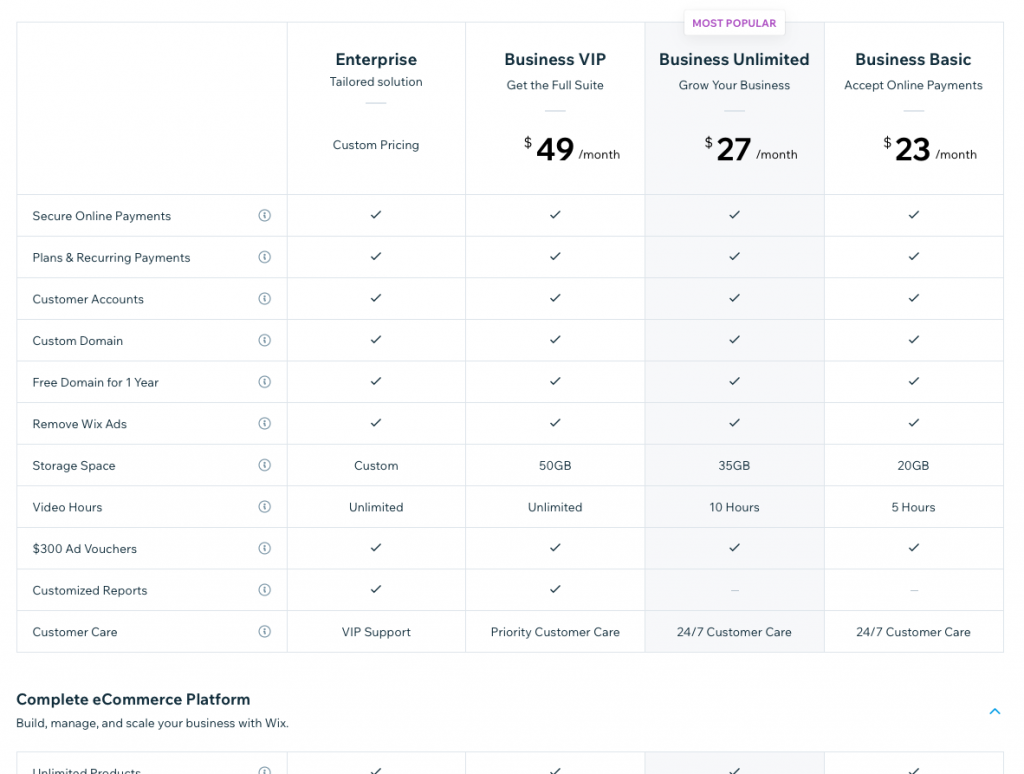
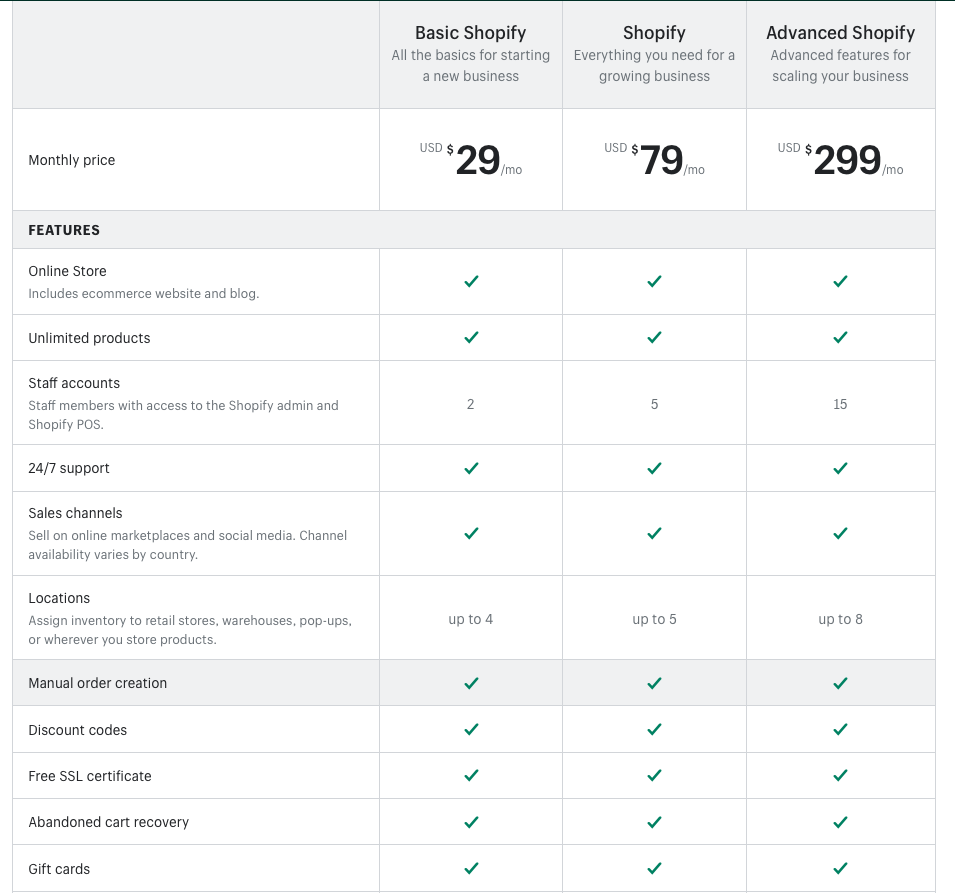
No matter which brand you choose to go with to build your ecommerce website you will have everything you need to run a successful online business. It’s why Wix and Shopify are our top-rated ecommerce website builders. Throughout this article, it’s ended up as a tie with Wix winning on 3 sets of criteria and Shopify winning on the others. However, it’s no secret who we thought came out on top. We thought that the ease-of-use, excellent design capabilities, and the great value for money makes Wix the better candidate for the title of ‘best eccomerce website builder. Of course, Shopify did come out on top for some important rounds like features and tools, as well as ecommerce and sales features. However, Wix is not that far behind and users can do anything they can do on Shopify on Wix, minus a few advanced features. So, the Wix package as a whole makes it the best choice in our opinion.
Culpa irure ex veniam aliquip esse do deserunt sit duis do fugiat adipisicing minim elit. Ex voluptate et esse elit et fugiat proident esse ad. Minim voluptate pariatur commodo nisi anim nostrud eu reprehenderit cupidatat anim dolor. Et commodo aute anim enim anim irure. Ad adipisicing aliqua ea exercitation aliqua excepteur est adipisicing aliquip deserunt exercitation.
Learn More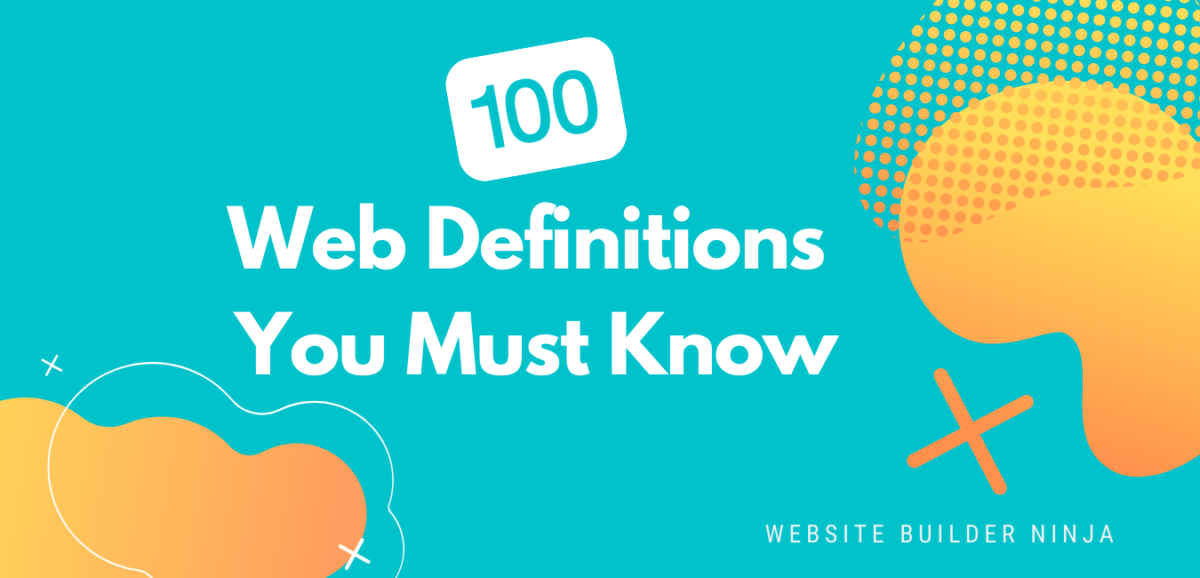
We’ve pulled together 100 must-know website definitions to help you understand web development, SEO, and web analytics jargon. You’ll know what every confusing three-letter acronym means and more!
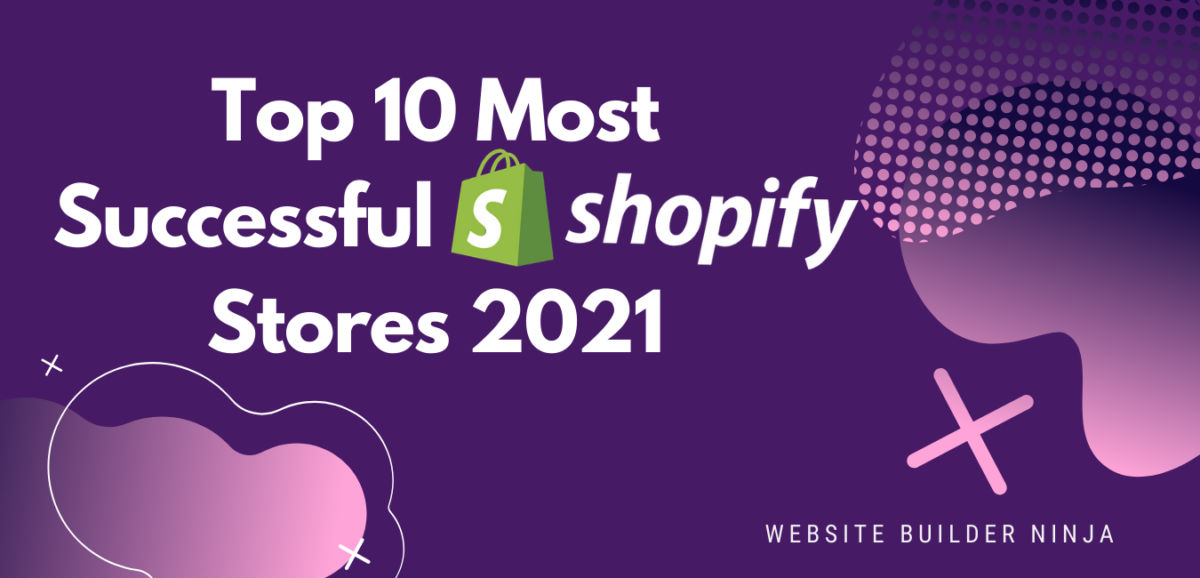
We take a look at the top 10 most successful Shopify stores on the internet and deconstruct their sales-boosting eCommerce optimizations so that you can apply the same techniques to your online store. Fashion Nova, Gymshark, and KITH are just some of the biggest Shopify stores analyzed in this article…

The upkeep of our site is made possible thanks to the advertising fee we charge featured website builders whenever a visitor completes a purchase through sponsored affiliate links. Financial incentives may impact the ranking itself and/or the score given. The scores assigned to featured brands are exclusively determined by Websitebuilderninja.com. The scoring and rankings are not regulated in any way and should be used by readers as guidance only.